
If you're into DIY speakers, this article might be worth a read.
The circuit board for a DIY speaker isn't hard to solder, but the casing can be tricky. If you're not sure where to start, follow along as we build a speaker using a simple food storage container.
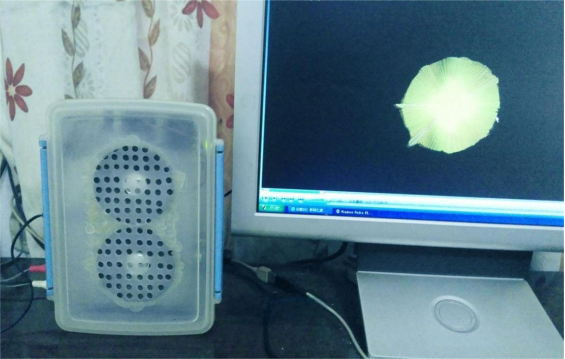
The front panel doesn't look too bad.
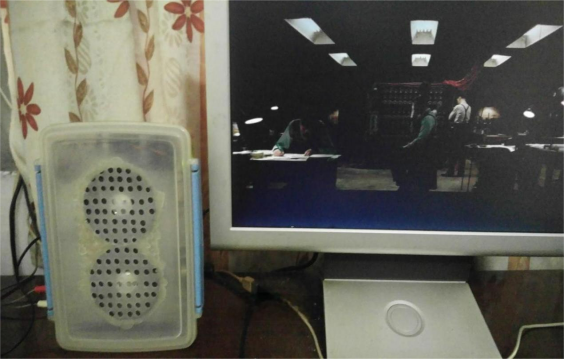
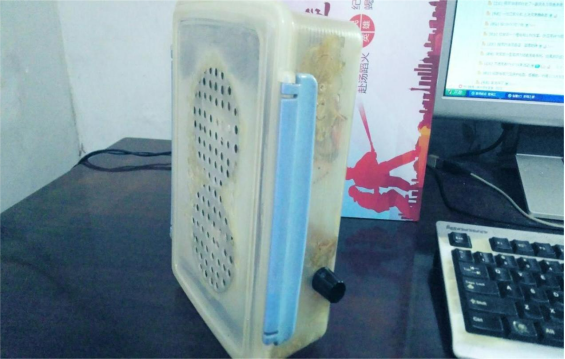
One side features a volume knob and a power indicator light. The appearance is just average.
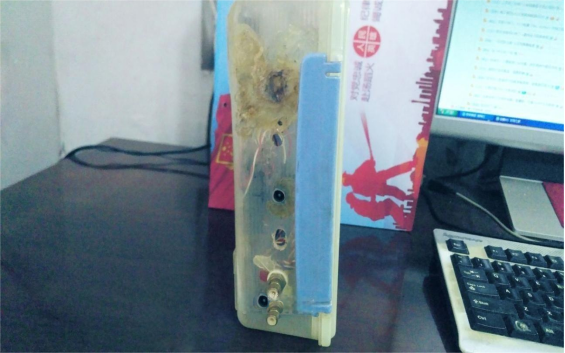
The other side houses the signal and power inputs. It looks a bit messy, but you can always tidy it up and improve the layout.
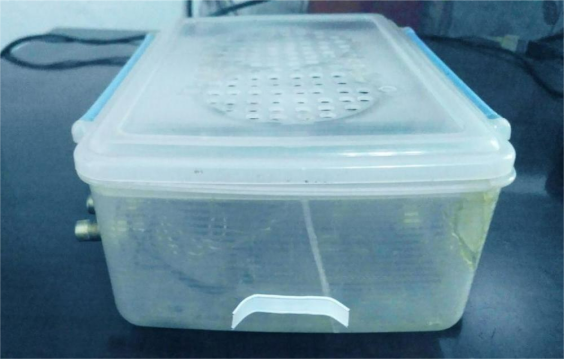
The bottom is rounded, so it wobbles slightly on flat surfaces. If that bothers you, you can add something underneath to keep it stable.
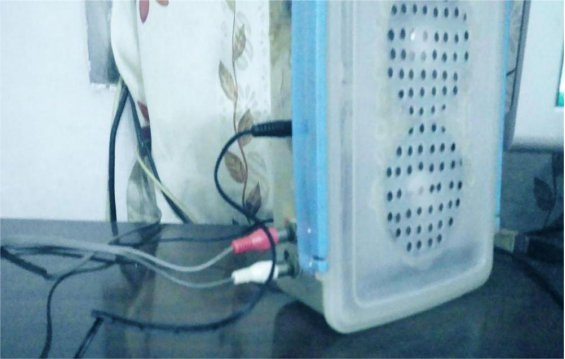
Here's how it looks with the signal and power plugs connected.
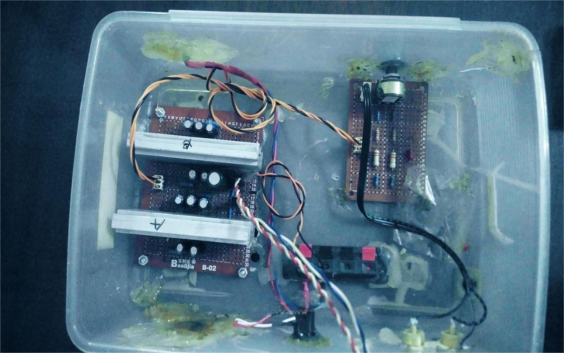
Inside the speaker, a TEA2025B BTL bridged amplifier is mounted on a perfboard, all hand-soldered. Off-the-shelf boards leave little room for creativity, but this one is fully custom. There's also a large heatsink inside for better cooling.
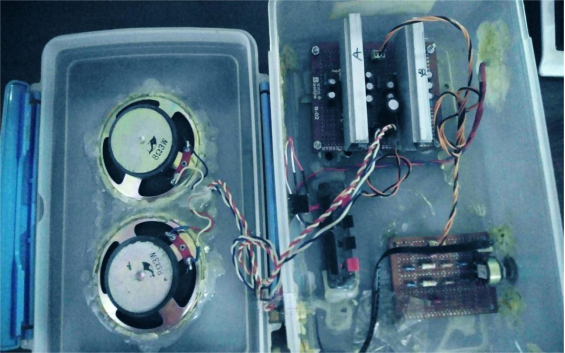
The connection between the speaker and the amplifier board is plug-and-play, making the panel look clean and modular.
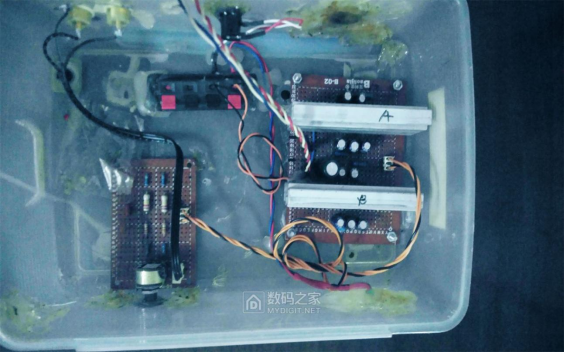
To improve sound quality and volume, the input signal has been fine-tuned for both high and low frequencies. The amp board is swappable without a soldering iron, which makes it a great testing platform. Perfect for stress-testing and tweaking.
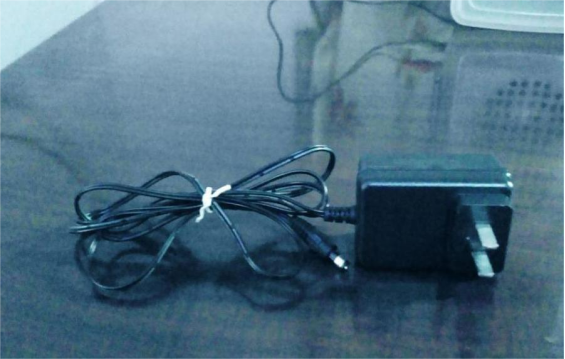
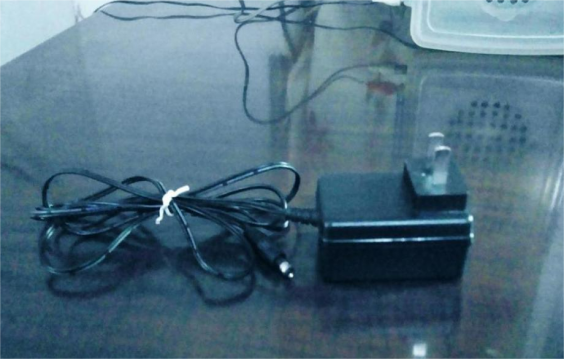
The power supply is from a 12V 1.5A telecom fiber modem, offering 18 watts of output. The TEA2025B runs reliably at 12V over long periods.
Though the appearance is a bit rough, the signal-to-noise ratio is excellent. When there's no input signal, it's completely silent—even late at night, there's zero hum or background noise.
You can also add some weight to the base for better stability.
Done!




